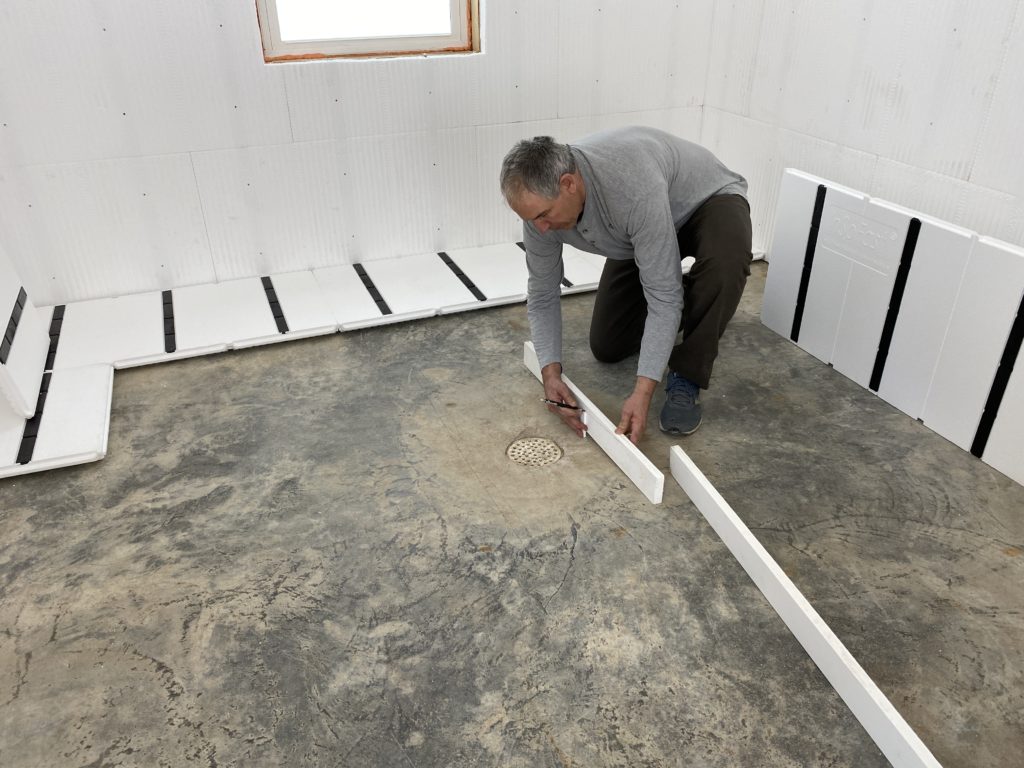Heating or cooling your garage is essential if you plan to use the space for more than storing Christmas decorations or the family car. If you plan to condition the air within the garage, you will also need to install insulation. The insulation options for your garage are many. In our efforts to convince you that InSoFast insulation panels are the best choice, allow us to walk you through the pros and cons of the available options.
The Basics of Insulating a Garage
The addition of insulation to the garage helps to retain climate-controlled air within the space. The degree of insulation you should add will really depend on the area where you reside and the purpose that you have in mind for the space.
Another advantage to insulating a garage is a transition buffer between the exterior and the interior. This buffer will help maintain a stable temp indoors and increase comfort on days of extreme temperatures as you enter and exit your vehicle.

Air Tight Insulation
Garages are rarely designed with an airtight seal. By incorporating insulation to the walls, ceiling, and door of the garage, you can increase the resistance to thermal energy loss while also sealing up the room to limit the gaps where air could pass through.
The system of insulation that you choose can be made stronger with canned spray foam and healthy weatherstripping. The sequence of these steps will ultimately depend on the type of insulation that you choose for your project. InSoFast insulation panels are meant to eliminate air gaps by their very design.
Insulation Option 1:
Fiberglass insulation, the most popular type of insulation, comes in the form of either batting or rolls. To install this type of insulation, you will need access to the wall cavity for installation, and the system will have gaps in insulation coverage at every stud location.
While fiberglass insulation is cheap and relatively easy to install, the material can irritate respiratory problems and skin allergies, facilitate the growth of mold and mildew, and even create a fire risk with incorrect installation.
Insulation Option #2:
Cellulose insulation is becoming more popular because it’s a greener insulation solution. The insulation material consists of fire-resistant treated recycled newspapers and is applied through professional equipment and skill. The loose-fill cellulose should be applied to ceilings or garages rather than interior and exterior walls. This option is more expensive and will likely settle over time.
Insulation Option #3:
Spray foam insulation provides an incredibly high R-value and tight seal for your home. This is a high-end material, so unless you’re planning to transform the garage into a usable space, choosing this insulation makes little sense given the expense. Spray foam insulation doesn’t welcome mold or insect infestation, but it is quite expensive to install and can expand irregularly and shrink over time.
Insulation Option #4:
Rigid Foam Board is a versatile type of insulation, and the best brand is clearly InSoFast insulation panels. Our panels are non-porous and made of closed-cell EPS foam. The built-in embedded studs eliminate gaps in coverage, and you can install them all on your own with simple tools.
Learn more about insulation options for your garage by calling InsoFast, LLC, today: (888) 396-9677. Consider ordering a sample kit, watching a few of our posted videos, and determine for yourself which of the insulation options is the most effective, affordable, and appropriate for your garage.


